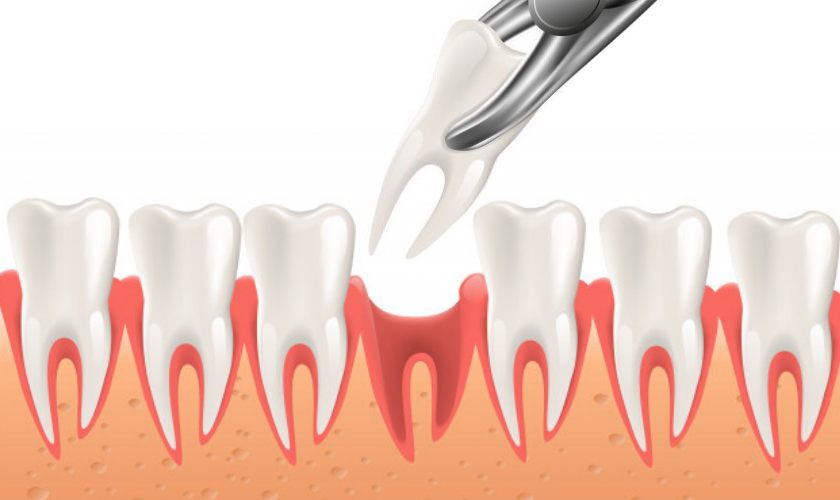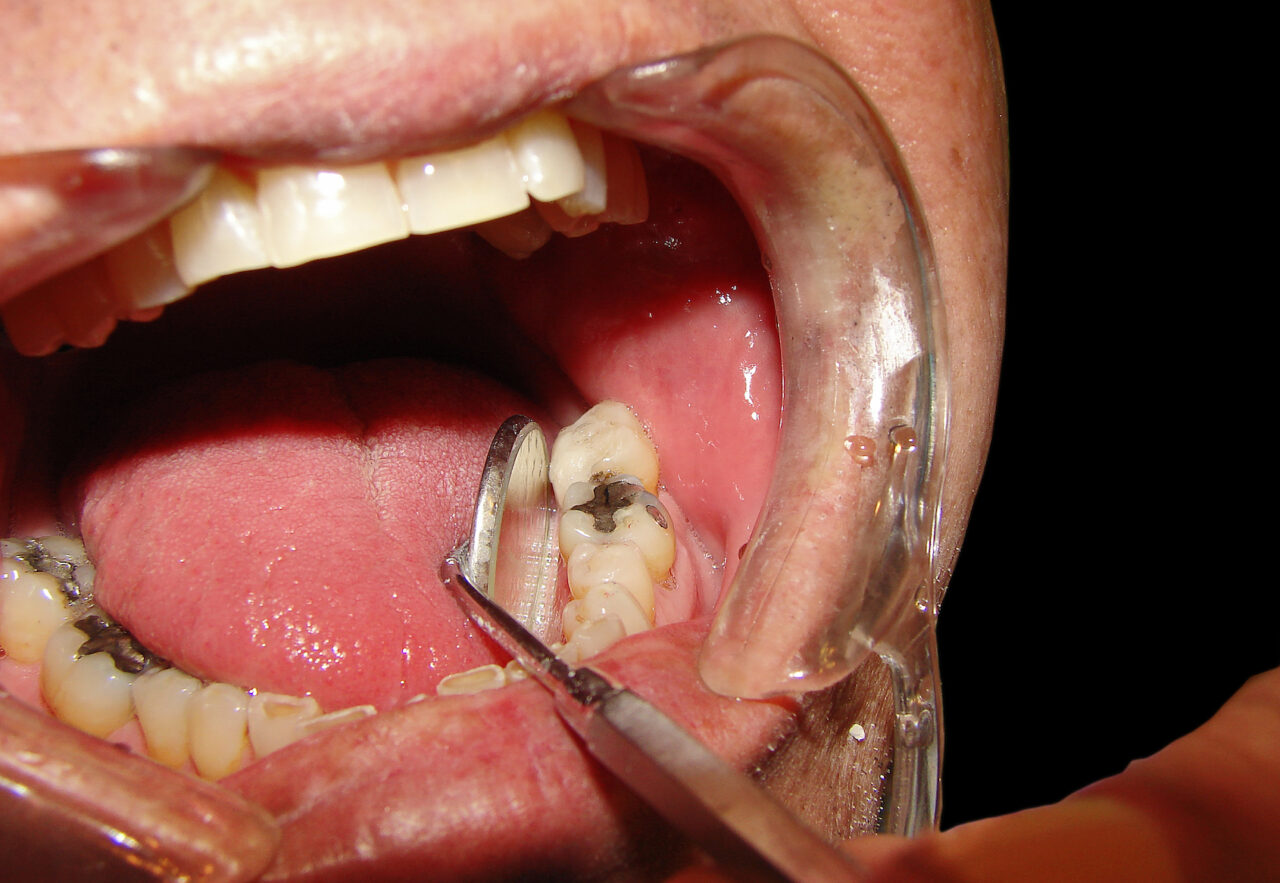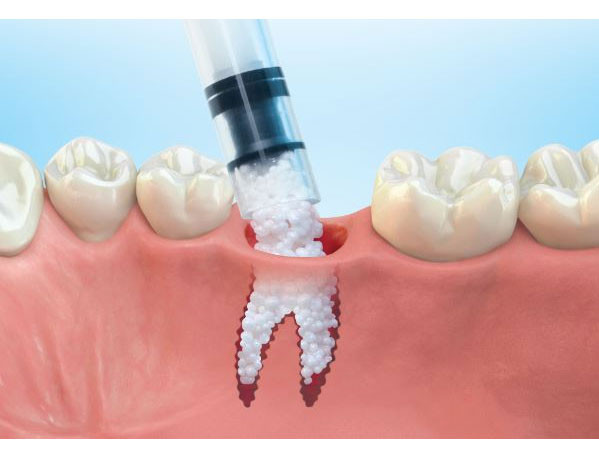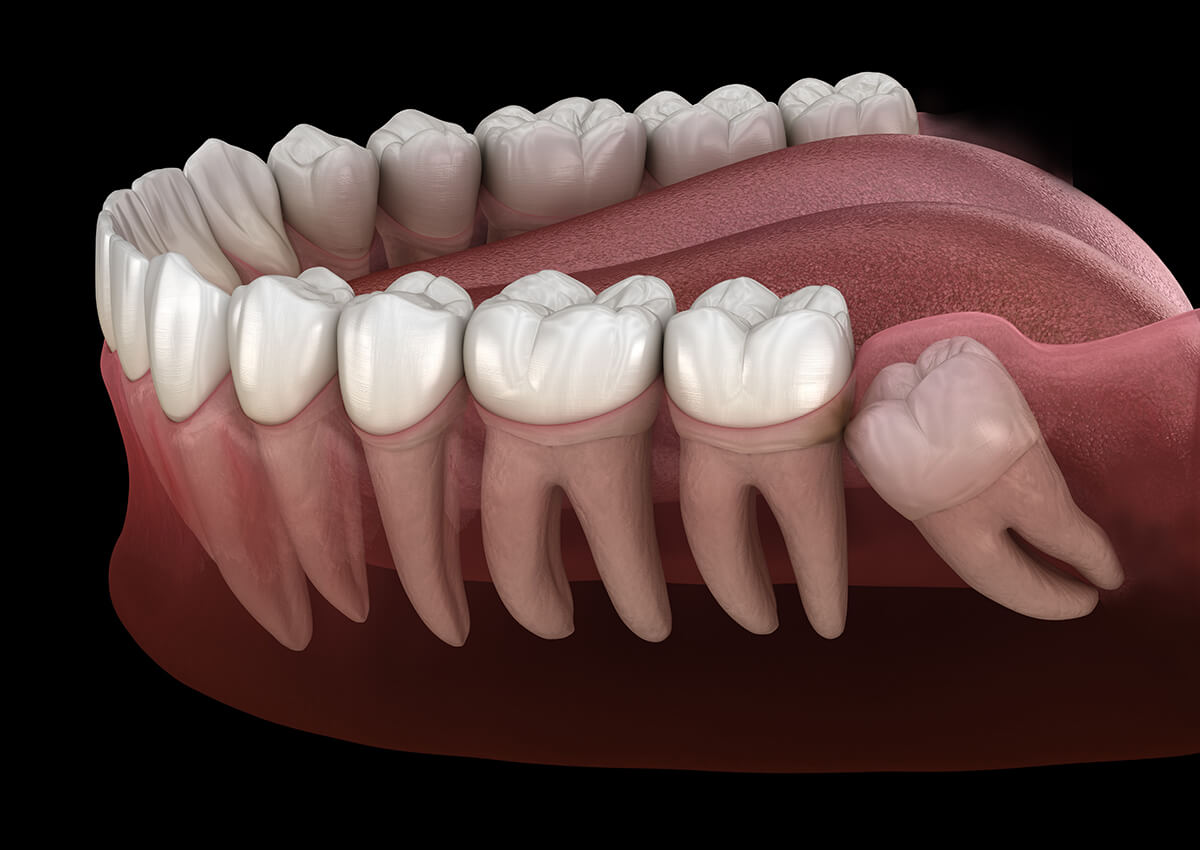Extractions & Preservation
Extractions & Preservation
Globus Dental Care, our goal is to provide patients with the highest level of dental care in a comfortable and welcoming environment. With state-of-the-art technology and a highly trained team of professionals, we are proud to offer a wide range of services, including extractions and preservation services.
What are Extractions & Preservation Services?
Extractions refer to removing a damaged or infected tooth, while preservation involves protecting the remaining natural teeth and gums from further harm. Our experienced dentists will perform a thorough examination to determine the best course of action for each patient, whether that be extraction or preservation.
Why Choose Globus Dental Care for Your Extractions & Preservation Needs?
At Globus Dental Care, we understand that having a tooth extracted can be overwhelming, which is why we strive to make the process as smooth and stress-free as possible. Our highly trained professionals will explain each step of the procedure and answer any questions you may have to ensure that you are fully informed and comfortable. In addition, we use the latest technology and techniques to perform extractions and preservation procedures, ensuring the highest accuracy and precision. We also offer a range of sedation options to help patients relax and feel comfortable during their visit.

Extractions
Tooth extractions can be a daunting experience for many people, but they’re often necessary to maintain good oral health. At Globus Dental Care in Lynn, MA, we understand the concerns and anxieties that come with extractions, which is why we provide gentle and comprehensive services to help you through the process. Our experienced team of dental professionals will make sure you’re comfortable and informed every step of the way.
What is an Extraction?
An extraction is a standard dental procedure that involves removing a damaged, decayed or infected tooth from its socket. Extractions are performed for various reasons, including overcrowding, wisdom teeth problems, and oral cancer.
Why Choose Globus Dental Care for Your Extraction Needs?
At Globus Dental Care, our experienced dental professionals use the latest techniques and technologies to ensure a smooth and painless extraction process. We strive to make every patient feel comfortable and at ease, and our compassionate and understanding approach sets us apart from other dental practices in Lynn, MA.
Our Extraction Services:
- Simple extractions are performed on teeth visible above the gum line. Our team will numb the area around the tooth to reduce discomfort and then remove the tooth using forceps.
- Surgical extractions: Surgical extractions are required for teeth impacted or broken below the gumline. Our team will make a small incision in the gum tissue to access the tooth and remove it using special tools.
- Wisdom teeth extractions: Wisdom teeth can cause a variety of problems, including pain, infection, and overcrowding. Our team will assess your situation and provide the appropriate extraction procedure to resolve the issue.

Root Canals
A root canal is a standard dental procedure to treat an infected or damaged tooth. The procedure involves removing the damaged or infected tissue from the inside of the tooth, cleaning the area, and then filling and sealing the tooth to prevent further damage. At Globus Dental Care in Lynn, MA, we offer root canal treatment to help preserve your natural teeth and protect your oral health.
Why choose Globus Dental Care for your Root Canal Treatment?
At Globus Dental Care, we use the latest technology and techniques to provide the best root canal treatment. Our experienced dentists are highly trained and dedicated to ensuring your comfort during the procedure. We understand that root canal treatment can be intimidating, so we work hard to make the process as painless and stress-free as possible.
What is the Procedure for a Root Canal?
The Procedure for Root Canal Treatment
The root canal procedure typically takes place over two visits to our Lynn, MA, dental office. During the first visit, our dentists will numb the area around the tooth and make a small opening in the top of the tooth. They will then remove the damaged or infected tissue and clean the inside of the tooth.
During the second visit, our dentists will fill the inside of the tooth with a particular material and place a crown over it to protect it and restore its function. The crown will protect the tooth from further damage and help to prevent the need for extraction.
Benefits of Root Canal Treatment
- Preserves your natural teeth
- Protects your oral health
- Relieves tooth pain and sensitivity
- Prevents the need for tooth extraction
- Restores the function of the tooth
- Improves the appearance of your smile
What to Expect After a Root Canal Treatment?
After a root canal treatment, you may experience discomfort or sensitivity for a few days. Our dentists will provide you with instructions for post-operative care, including information on what to eat, how to care for your tooth, and when to return for follow-up appointments.
In most cases, the treated tooth will feel better within a few days, and you can return to normal activities. Our dentists will also provide you with a crown to protect the treated tooth and restore its function.
How to Care for Your Treated Tooth
- Brush and floss your teeth regularly
- Avoid hard or crunchy foods for the first few days after the procedure
- Use over-the-counter pain medication as needed
- Return for follow-up appointments as scheduled
- Avoid smoking or using straws for the first few days after the procedure

Oral Surgery
What is oral surgery and what conditions does it treat?
If you require oral surgery services in Lynn, MA, look no further than Globus Dental Care. Our team of highly trained and experienced dental professionals is equipped to handle a wide range of oral surgery procedures, including extractions, root canals, and more. Whether you’re dealing with a problematic wisdom tooth or needing a damaged or infected tooth removed, we’re here to help.
We understand the importance of getting the proper care for your oral health. That’s why we use only the latest and most advanced techniques and equipment to provide the highest quality care for our patients. Our goal is to help you achieve a healthy and beautiful smile, and we’ll work with you every step to ensure that you get the care you need.
If you’re interested in learning more about the oral surgery services offered by Globus Dental Care in Lynn, MA, we invite you to schedule a consultation with us today. Our friendly and knowledgeable staff will be happy to answer any questions and help you get on the path to a healthy and beautiful smile.
So don’t wait – call Globus Dental Care today and take the first step toward a healthy and beautiful smile!

Bone Grafting
What is bone grafting and why is it necessary?
If you have missing teeth, you know how frustrating and damaging it can be to your oral health and overall confidence. Not only does tooth loss affect your bite, but it also leads to a loss of jawbone density and height, making it more difficult to place dental implants or other types of tooth replacement. Fortunately, the team at Globus Dental Care in Lynn, MA, offers comprehensive bone grafting services to help restore the health and form of your jawbone, making it possible to receive dental implants and other tooth replacement options.

Wisdom Teeth Extractions
What is oral surgery and what conditions does it treat?
Wisdom teeth are a common dental issue but can cause severe pain, swelling, and infection. If you’re experiencing such discomfort, Globus Dental Care is here to help you. Our experienced dental team provides the best wisdom teeth extractions in Lynn, MA, to ensure you return to your daily routine with a healthy and beautiful smile.
Why Choose Globus Dental Care for Wisdom Teeth Extractions?
At Globus Dental Care, we prioritize our patients’ comfort and satisfaction. Our state-of-the-art facilities, advanced technology, and skilled dental team provide a safe and effective solution for wisdom teeth extractions. Here’s why you should choose us for this procedure:
- Experienced Dental Team: Our dental team is highly trained and experienced in performing wisdom teeth extractions with precision and care.
- Advanced Technology: We use the latest technology and equipment to ensure the best possible outcome for our patients.
- Comfortable Environment: We understand that dental procedures can be scary, so we strive to create a comfortable and relaxing environment for our patients.
- Comprehensive Care: We provide comprehensive care to our patients, from the initial consultation to post-operative care, to ensure a smooth and seamless experience.
What to Expect During the Wisdom Teeth Extraction Procedure?
The wisdom teeth extraction procedure at Globus Dental Care is performed under local anaesthesia or conscious sedation, depending on the patient’s preference. Our dental team will evaluate your case and recommend the best option. During the procedure, the dentist will carefully remove the wisdom teeth and clean the area to prevent infection. After the extraction, the dentist will provide post-operative care and pain management instructions.
Contact Us
Globus Dental Care
We have an experienced team of dentists in Lynn, MA. Since there are many dental problems that you can have if you are not having the right kind of dental services, you should think of having your teeth cleaned and repaired as early as possible.
